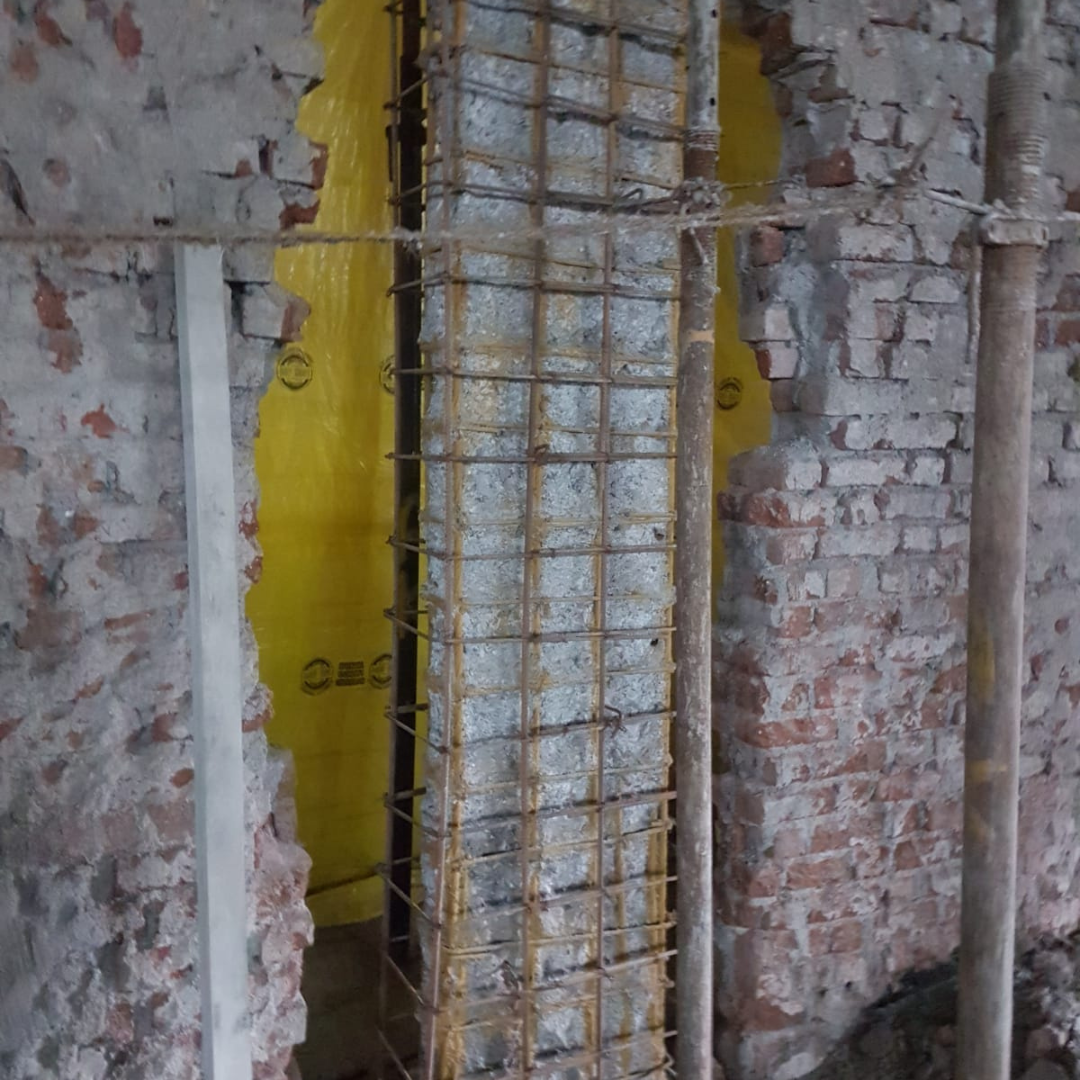Structural strengthening is a specialized process aimed at improving the load-bearing capacity of a building or structure. It plays a critical role in construction, especially for aging buildings or those requiring upgrades to meet modern safety standards.
The process involves using advanced materials and techniques to address structural weaknesses, ensuring the building can handle increased loads, resist damage, and extend its lifespan. Whether for repair, rehabilitation, or compliance, structural strengthening is essential for safeguarding the future of infrastructure.

What is Structural Strengthening?
Structural strengthening refers to modifying or reinforcing an existing building to improve its stability and performance. This process is often necessary when a structure shows signs of distress, such as cracks, sagging beams, or reduced load capacity.
It involves a detailed assessment of the structure, followed by targeted interventions using techniques like jacketing, reinforcement, and material upgrades. The goal is to restore or enhance the building’s strength while minimizing disruption to its original design.
Core Objectives of Structural Strengthening
The main objectives include improving structural stability, meeting updated building codes, and addressing deficiencies caused by aging, poor design, or environmental factors. Doing so ensures the building can support increased loads and withstand unforeseen events like earthquakes or heavy usage.
Common Methods for Structural Strengthening
Structural strengthening employs various techniques tailored to the building’s condition and needs.
Strengthening with Carbon Fiber Reinforcement
Carbon fiber sheets or strips are applied to surfaces like beams and slabs to enhance their tensile strength. This method is lightweight yet highly effective in boosting structural performance.
Steel Plate Bonding and Jacketing Techniques
Steel plates or jackets are bonded to existing structures to improve their compressive and shear strength. This method is commonly used in columns and beams.
Why Structural Strengthening is Essential for Aging Buildings
Aging buildings are more prone to structural vulnerabilities due to material fatigue and environmental wear.
Addressing Structural Weaknesses in Old Structures
Structural strengthening helps resolve issues like cracks, corroded reinforcements, and weakened foundations, restoring the building’s integrity.
Enhancing Durability to Withstand Modern Loads
Older structures may not be designed to handle today’s higher loads. Strengthening ensures they remain functional and safe for modern usage.
Benefits of Structural Strengthening in Construction Projects
Structural strengthening offers a range of advantages for both new and old buildings.
Improved Safety and Structural Integrity
By reinforcing critical areas, the building becomes safer for occupants, reducing the risk of collapses or failures.
Extended Lifespan of Buildings
With proper strengthening, a building’s lifespan can be significantly extended, delaying the need for costly replacements or demolitions.
Partnering with Professionals for Structural Strengthening
Choosing qualified professionals ensures the right techniques and materials are used for your structure. Reliable structural strengthening minimizes risks and delivers long-term value, making it an essential step for any repair or rehabilitation project.
This detailed blog outlines the importance, methods, and benefits of structural strengthening, emphasizing its critical role in ensuring safe and durable buildings.
- Terrace Waterproofing Myths Busted: What Really Works for Long-Term Protection
- How Structural Strengthening Is Reshaping Mumbai, Thane & Dombivli’s Construction Landscape
- Why Retrofitting is Important for Buildings: Structural Strengthening, Waterproofing & Building Repairs with Zindus
- Seal the Deal: Why Terrace Waterproofing is the Smartest Investment for Old Buildings
- Say Goodbye to Damp Walls! Weatherproof Painting & Waterproofing Secrets Revealed

Very informative content! I’m also exploring farmland investment through Mahabhoomi – where you can find the best land for your dream home. Visit us at http://www.mahabhoomi.site